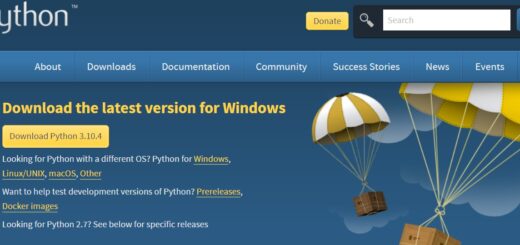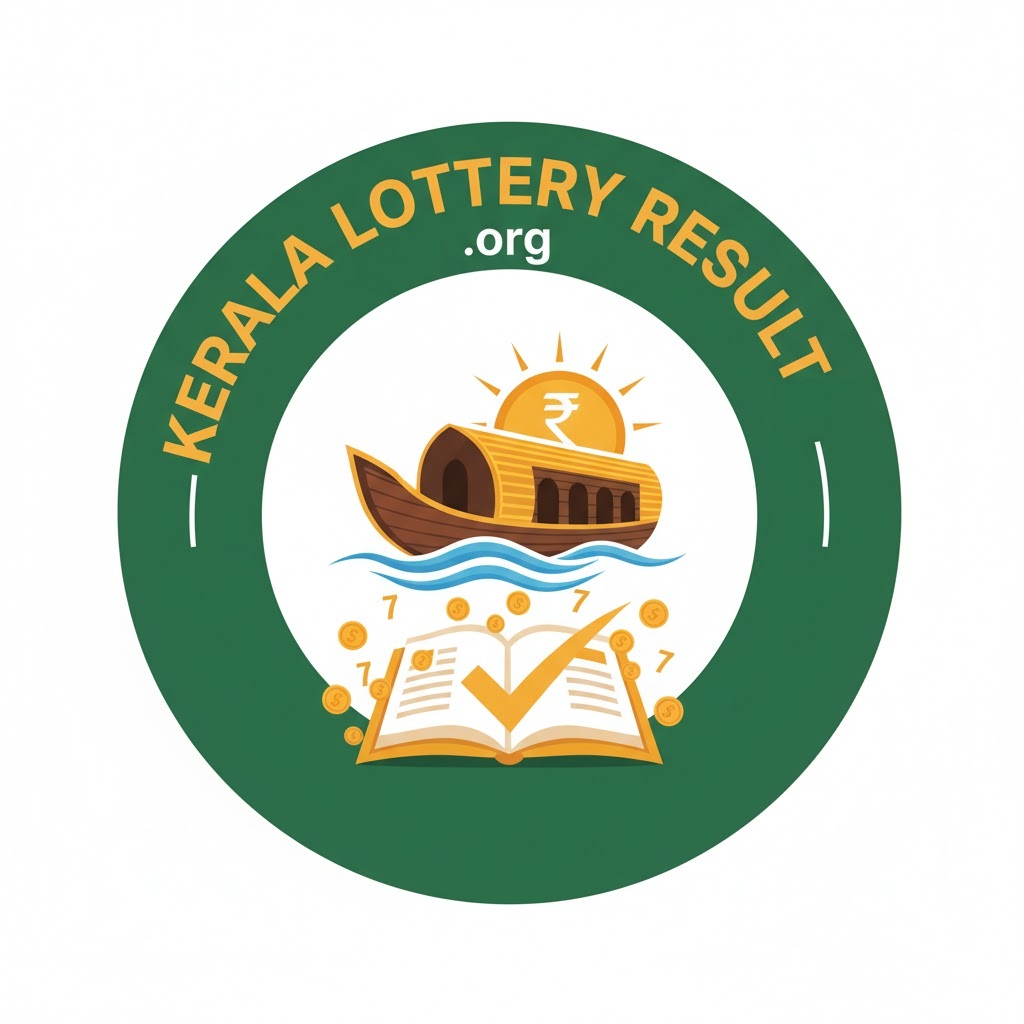Top 5 Books on Data Science with Python
Top 5 Books on Data Science with Python, One of the most popular programming languages in the field of data science is Python.
Pandas, NumPy, scikit-learn, Matplotlib, and SciPy are just a few of the many packages and libraries in Python that are designed expressly for carrying out particular tasks.
Therefore, you should check out these books if you’re looking for the Best Books on Data Science using Python.
You can find the top 8 books about data science using Python in this article. You will receive in-depth knowledge from the fundamentals to the most advanced levels from these books. Without wasting any more time, let’s locate the best Python books for data science:
Top 5 Books on Data Science with Python
1. Python Data Science Handbook

A programming language is necessary for data science. The best programming language for data science is Python.
You spend most of your time as a data scientist working on data modification and data cleaning. And Pandas can be used to carry out these duties.
This book teaches you how to use:
Python-based computing environments for data scientists are provided by IPython and Jupyter.
For effective storing and handling of dense data arrays in Python, NumPy supports the ndarray.
Pandas include the DataFrame for effective labeled/columnar data manipulation in Python.
Python data visualizations are made possible with Matplotlib’s extensive variety of capabilities.
For Python implementations of the most significant and well-known machine learning methods, use Scikit-Learn.
2. Data Science from Scratch: First Principles with Python

Data Science from Scratch is best suited for novices, as the title suggests. Beginning with the very basics, this book. Additionally, if you are unfamiliar with Python, this book is a wonderful choice for you.
Linear algebra, probability, and statistics expertise are required for data science. You will learn the fundamentals of linear algebra, statistics, and probability through this book. Additionally, you will comprehend when and how data scientists apply them.
Programming language is the next data science skill to be mastered. Consequently, you will learn Python quickly with this book. The next data science skill is machine learning knowledge. You will learn about the foundations of machine learning in this book.
Additionally, you’ll discover how to use models like k-nearest neighbors, Naive Bayes, linear and logistic regression, decision trees, neural networks, and clustering.
Data Science also requires familiarity with data cleaning. You will discover how to gather, explore, clean, munge, and manipulate data in this book.
In a nutshell, this book provides a basic text for new readers.
3. Data Science Projects with Python

You will learn how to use industry-standard data analysis and machine-learning techniques by applying them to actual data problems in this book. Pandas and Matplotlib principles are covered in this book. and how to apply them to analyze datasets using graphs and summary statistics.
Additionally, you will discover how to regularise your models using the lasso and ridge regression in this book. You will have a firm understanding of how to apply machine learning algorithms to carry out in-depth data analysis and extract valuable insights from unstructured data after reading this book.
Considering reading this book:
You desire a thorough explanation of a data science project and have some prior knowledge of Python.
Additionally, it will be helpful if you are familiar with basic statistical principles and algebraic notions.
4. Python for Data Analysis

This book is helpful for Python-newbie analysts as well as Python programmers who are new to scientific computing and data science.
You will learn the fundamentals of Python programming in this book. The role of Python in data analysis and statistics will next be discussed.
It is advantageous for Python newbies because of this. Within a week after finishing this book, you will be able to design practical applications.
Python for Data Analysis can also help you anticipate the time when you might begin working as a scientist or data analyst.
You will become familiar with both basic and sophisticated NumPy (Numerical Python) features. Additionally, using rich, in-depth examples, you will learn how to resolve actual-world data analysis difficulties.
If you are a Python programmer or analyst new to data science and scientific computing, you should read this book.
5. Python For Data Science

This is a thorough guide for learning Python programming for data science. You will discover Python libraries for data analysis and visualization in this book, including NumPy, Pandas, Matplotlib, and Seaborn.
For each lesson in this book, there are real-world examples and applications. In a word, beginners in data science will benefit from this book.
If you are just starting out with data science, you should read this book.
Conclusion
You have learned about the Top 5 Books on Python Data Science from this article. If any of these books been purchased or read by you? If so, please share your experience in the comments.
Hoping that these top 5 books on Python-based data science will aid you in starting and advancing your Python-based data science journey.
Have fun learning!




